The Titleist Pro V1 continues to dominate the premium performance sector of the golf ball market, so the 2019 versions have an illustrious legacy to live up to.
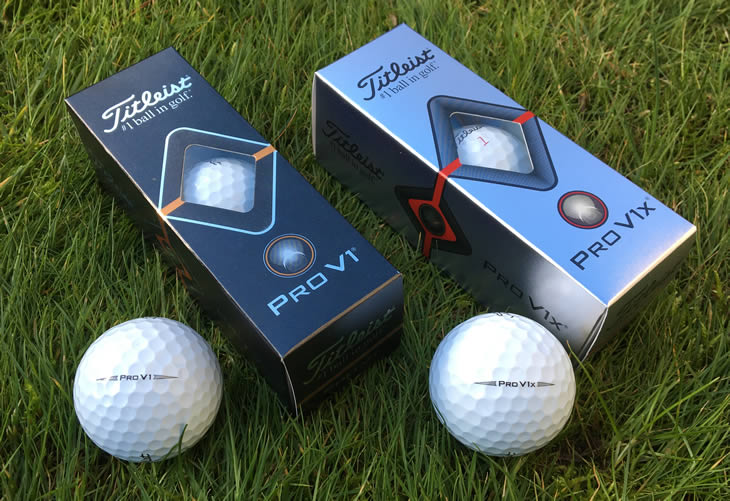
The side stamp design is the same shape as the previous Titleist Pro V1 2017, but it is now grey instead of black.

Visually the biggest change is that both models are now also available in yellow, which will please the older generation of lower handicappers.
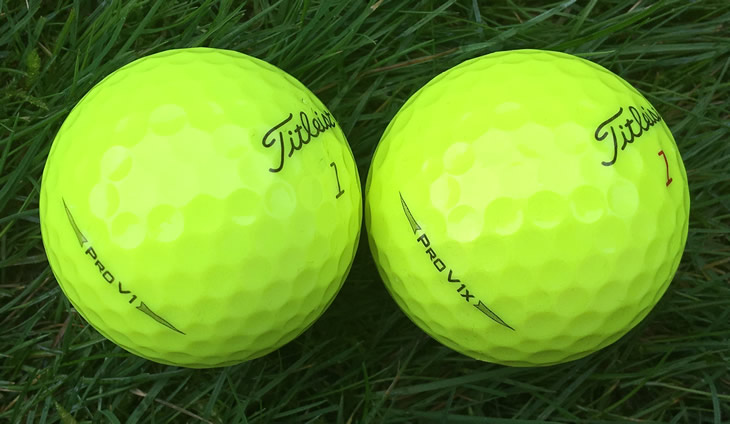
This is a bigger deal than you think as the chemistry of the various elements of the yellow cover had to be modified to keep the performance the same as the white version.
The yellow is added into the urethane cover, rather than it being painted on like the white ball. The yellow is also translucent so Titleist had to paint the casing layer underneath the cover with a clear primer so that the yellow stands out.
Under the hood, both models feature a new 2.0 ZG Process Core at the centre of the ball in order to generate the speed for greater distance. This is achieved by making outer sections of the core stiffer than before, whilst maintaining the same softness in the centre.
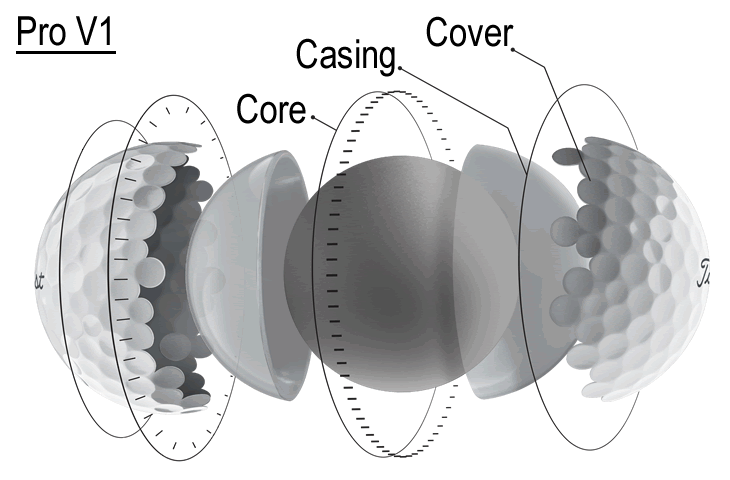
The cast urethane cover is 17% thinner and works with a new casing layer underneath it. The casing layer is 14% thicker on Pro V1 and 11% thicker on Pro V1x, which improves ball speed and lowers spin on longer shots.
As before there are two versions of the Pro V1, so I took them both for a spin on the GC2 launch monitor and on the course.
Titleist Pro V1 2019 Golf Ball Review
The Pro V1 is meant to be the softer feeling of the two versions and this continues for 2019.
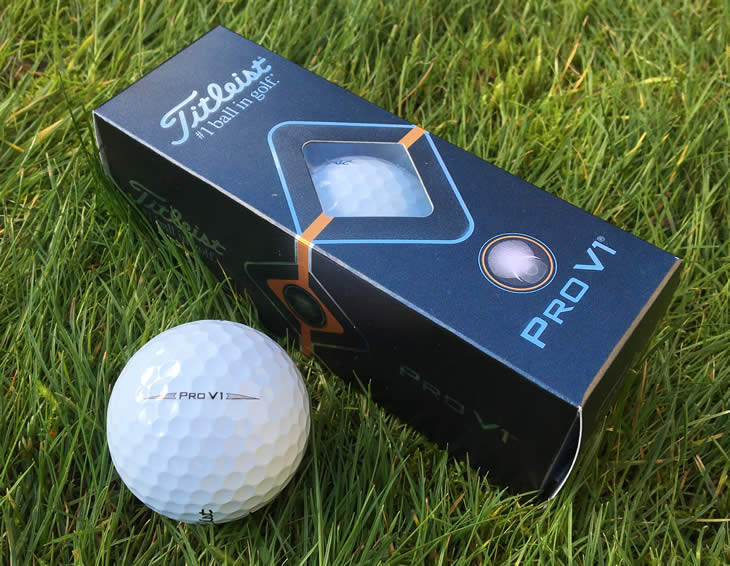
It is a three piece construction with 352 dimples arranged in a spherically-tiled tetrahedral design. Keep that pattern name for your next golf trivia quiz!
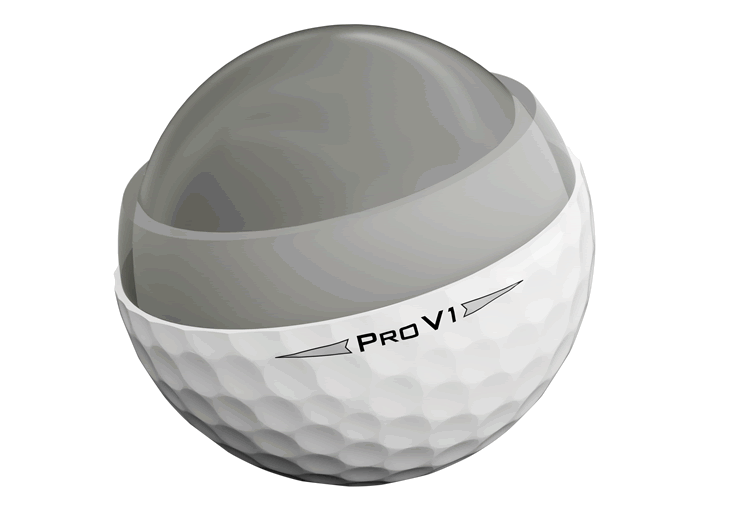
The 2017 version was the first one where the Pro V1 spun less than the Pro V1x and I believe this was to try and get some more distance out of it, as it had started to lag behind the firmer Pro V1x.
As you can see from my driver stats below, the 2019 Pro V1 makes some marginal gains in quite a few areas. It is a little faster off the face and flies higher with a bit less spin, so I was gaining a four more yards.
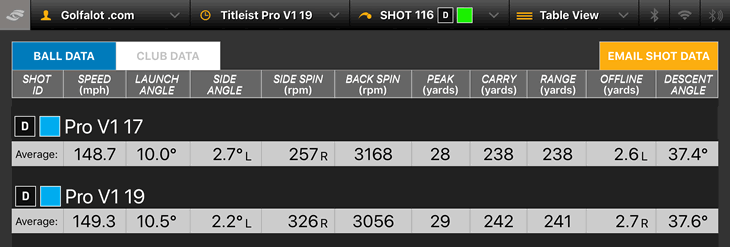
With the 7-iron it was a similar story, but there still seemed to be enough grip to stop the ball on the green, thanks to the performance of the urethane cover.

After the previous adjustments, I think the 2019 Pro V1 is more of a contender in the V1/V1x debate than before, so let's see how it stacks up against its sibling.
Titleist Pro V1 2019 Golf Ball Review
The Titleist Pro V1x is a four-piece ball with 328 dimples and it is this different type of construction that delivers the alternative feel and performance to Pro V1.

With my driver the 2019 Pro V1x is spinning about the same as its predecessor and about the same as the 2019 Pro V1.

Both are longer than the 2017 Pro V1, so if you are using that ball then you should look to upgrade to either of the 2019 offerings.

With my 7-iron there was a bigger drop in spin between the old and new Pro V1x balls than there was between the two Pro V1s. This brings the performance of the 2019 Pro V1 and Pro V1x to around the same levels with the irons.

Titleist Pro V1 2019 Golf Ball Verdict
Historically the numbers between Pro V1 and Pro V1x were always pretty close, so the choice usually came down to the feel of the softer Pro V1, or the firmer and maybe less spinny Pro V1x.
In the last couple of generations there has been a marked difference in performance between the Pro V1 and Pro V1x, so you could test them both out and see from the numbers which one was best for you.
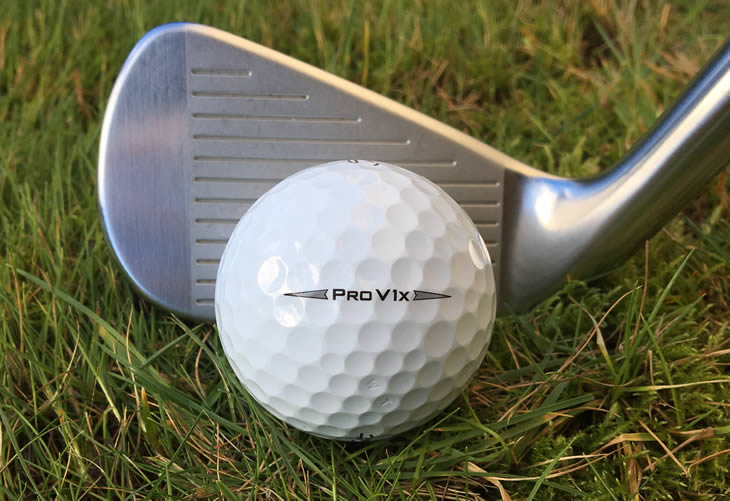
With the 2019 Pro V1 family I think we are back to the decision being based more on feel preference, as the numbers are once again pretty close. For some the difference might be clear, but for me and my 100mph driver swing speed I am on the line between the two.
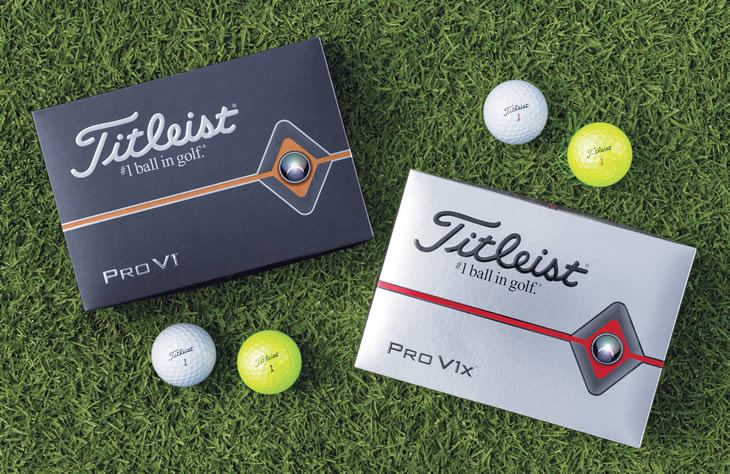
Prior to 2017, it was Pro V1 for me because of the feel. However in 2017, the Pro V1x was giving me more distance and better control because it spins more, so it switched to that.
For 2019 I think I will be back to Pro V1 because it is now a little longer and I prefer the feel, as I think the Pro V1x has maybe become a little firmer this time round.
If you have a higher swing speed than me, then Pro V1x could be the better choice, but as always, the best thing is to do your own test. Start with some chips around the green to see how each ball reacts and if it gives you the control you need.
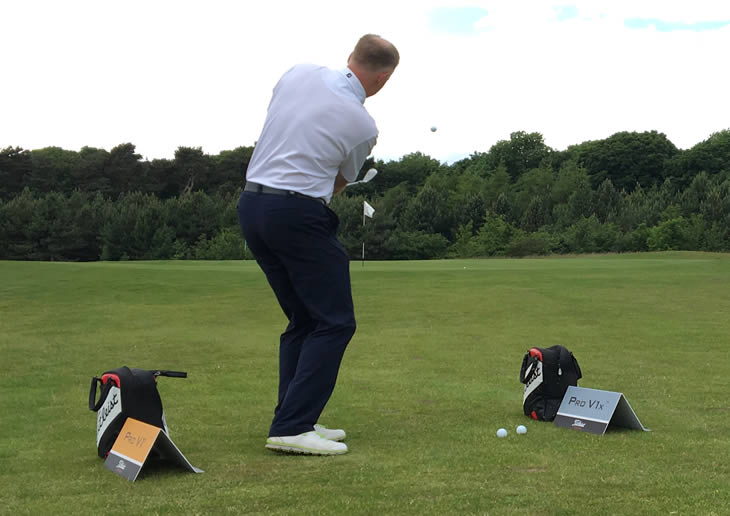
Then, if you can, measure performance with irons to see which one stops quickest on the green by hitting 7-irons into the green with a couple of each. Then you tweak your driver set up to get the most from the ball using the adjustable options most of them have these days.
The good news is that whichever Pro V1 you opt for, you will still be playing one of the best balls in the market.